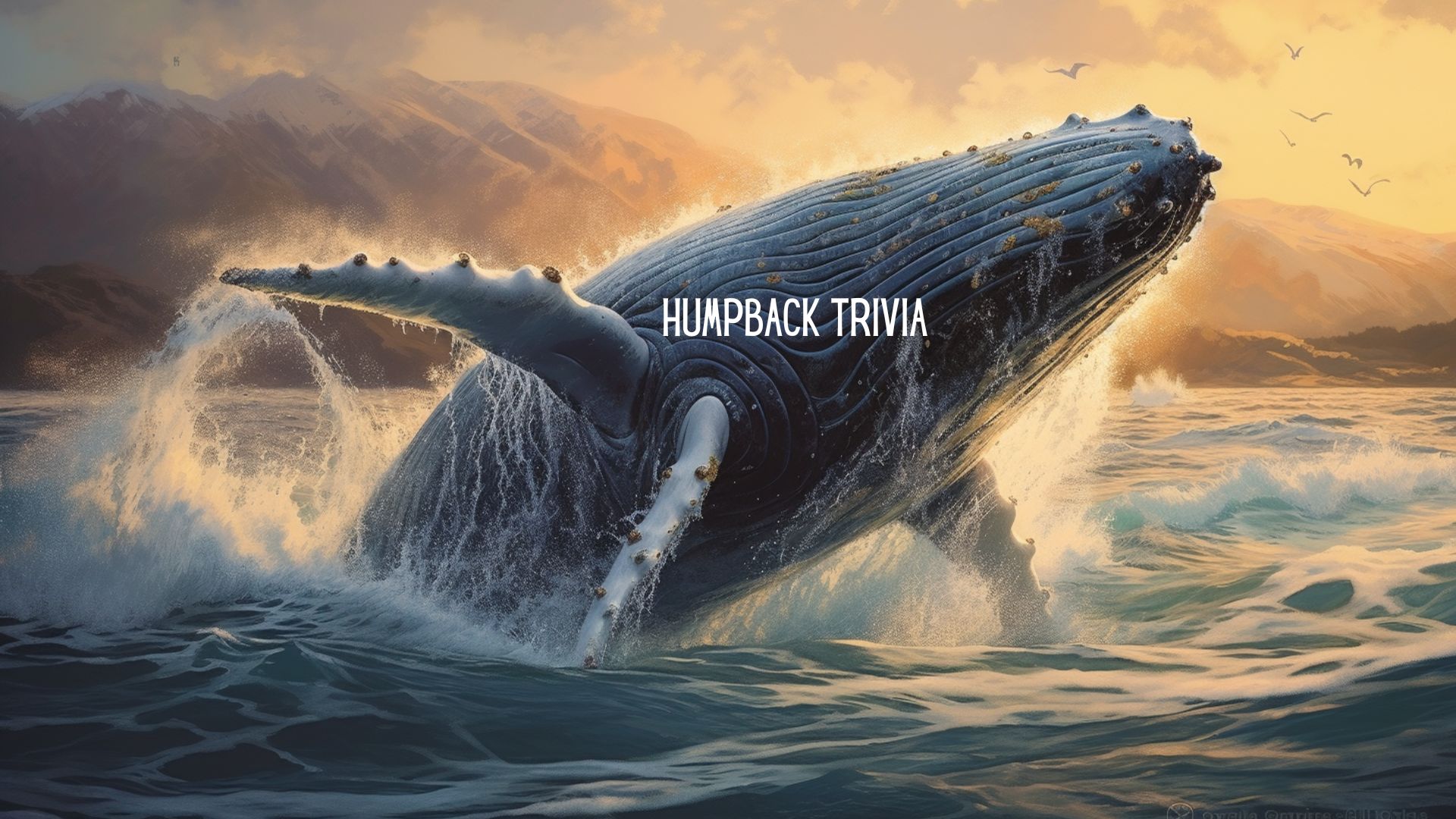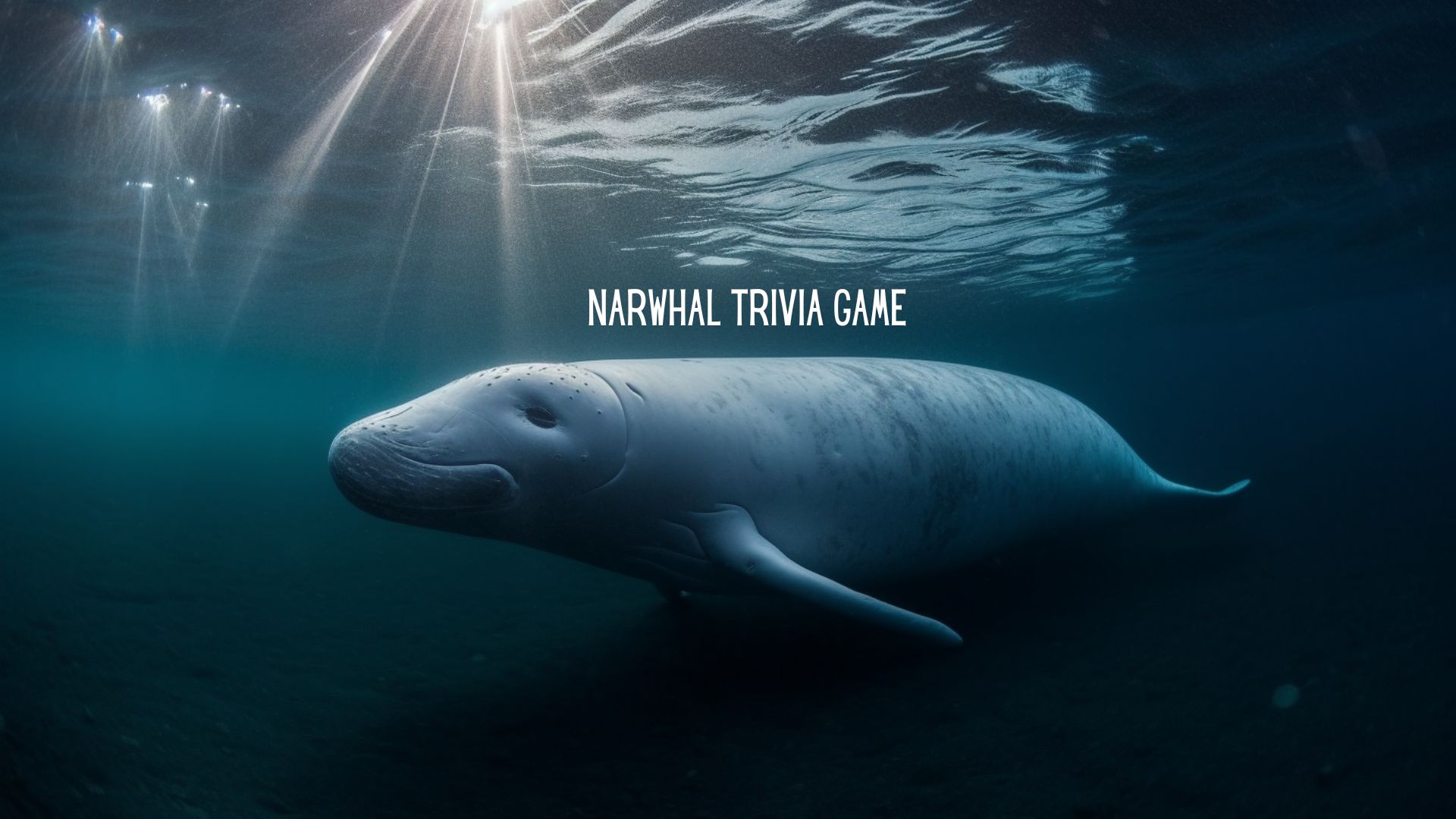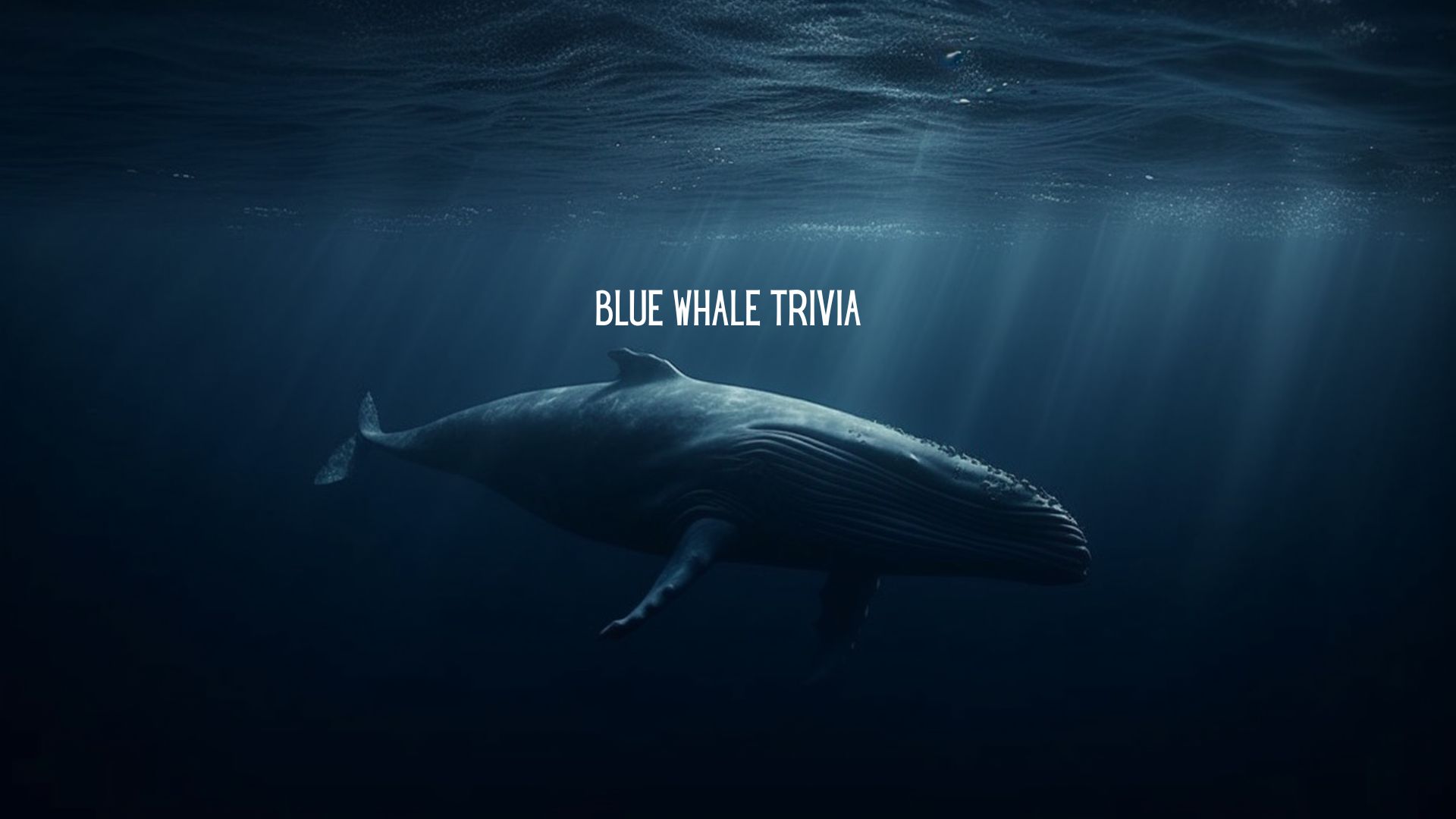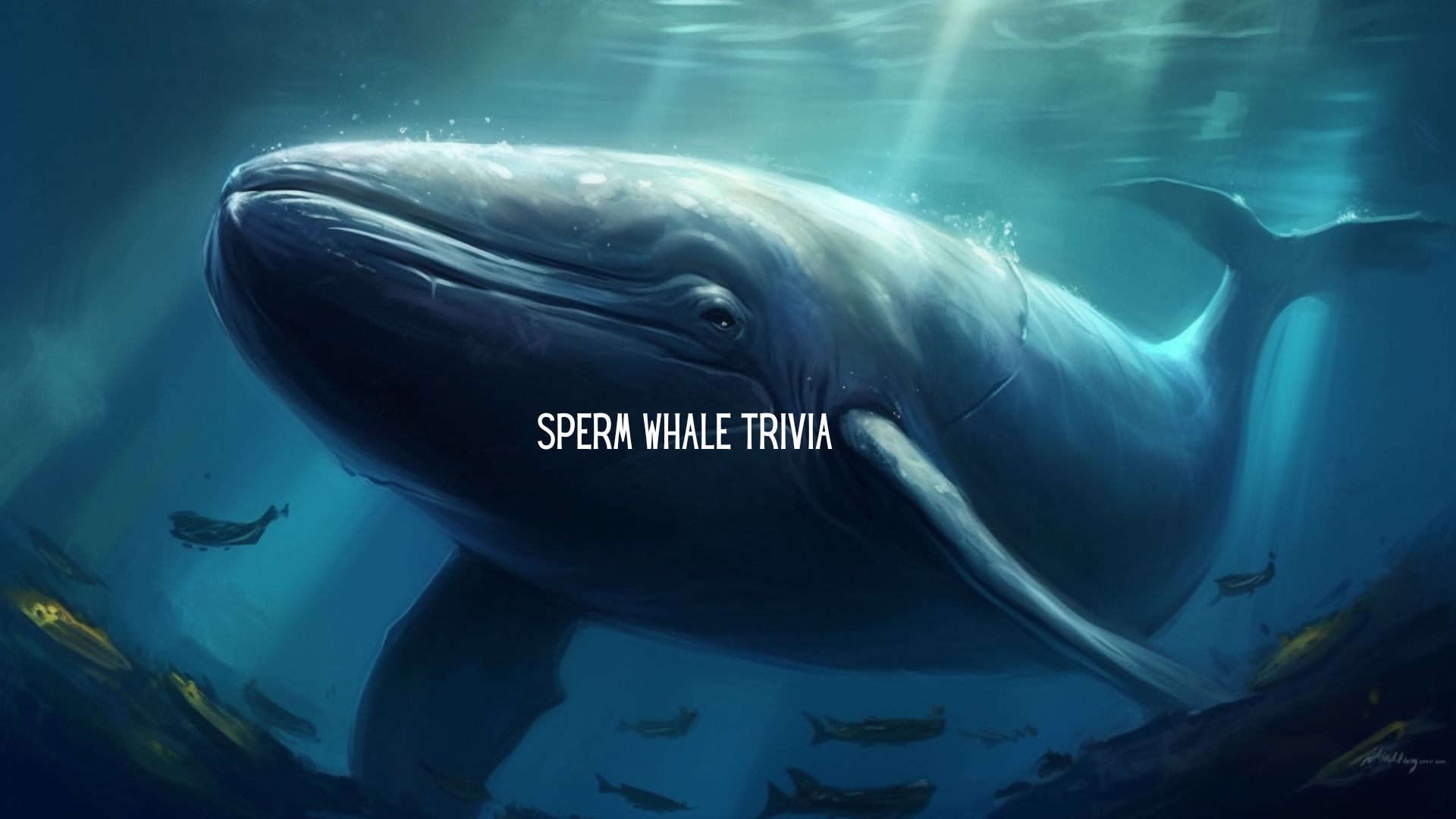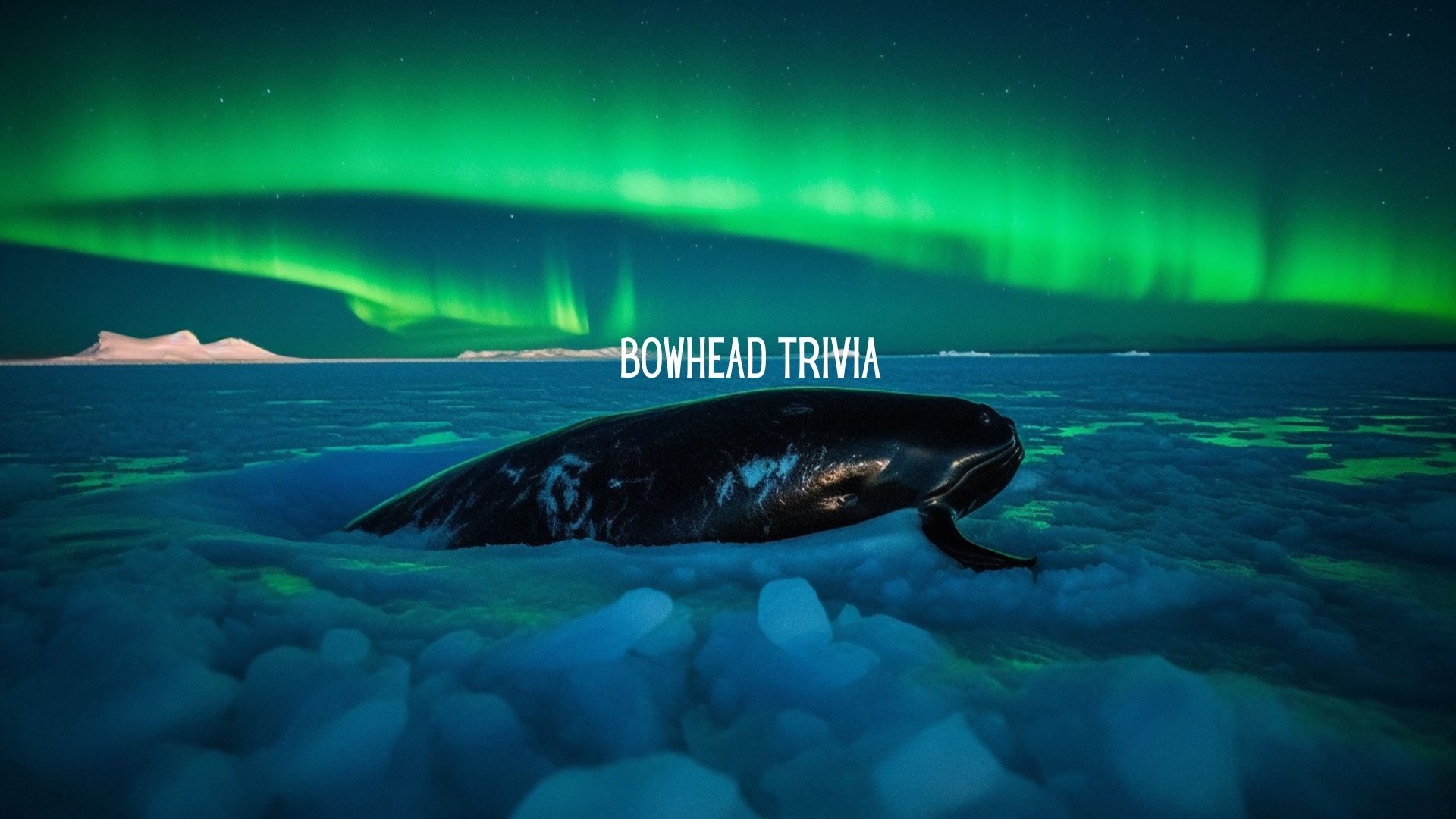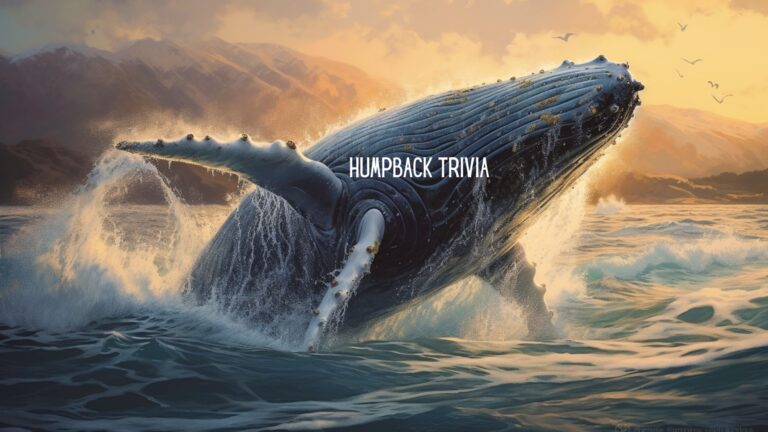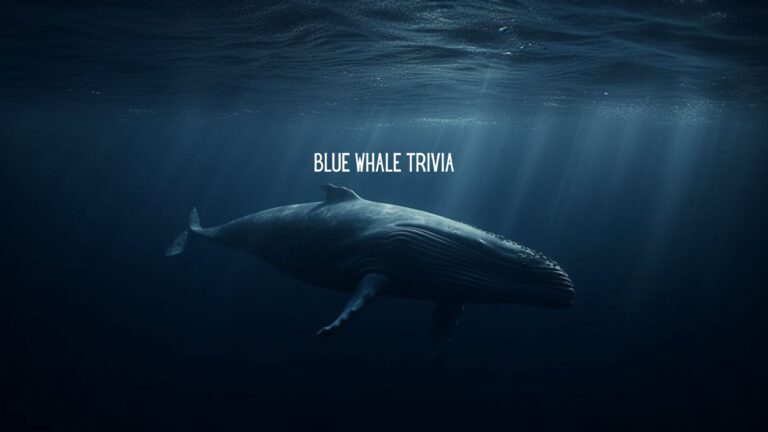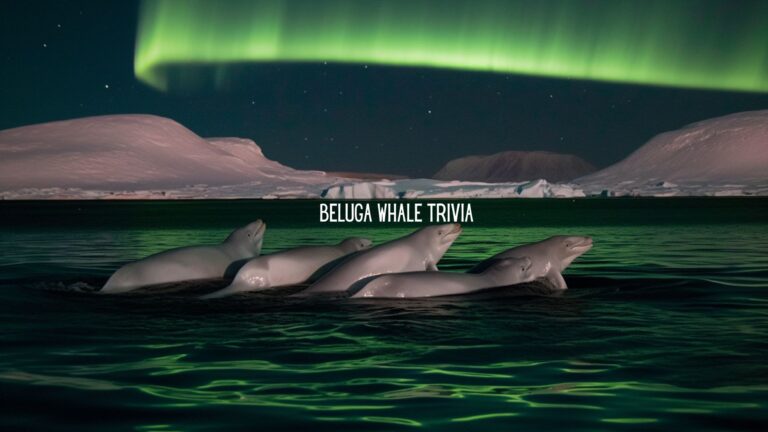The Sperm Whale Quiz: Uncover the Secrets of the Deep
The sperm whale (Physeter macrocephalus) is a remarkable creature that holds several records in the animal kingdom. Known for its massive size, incredible diving abilities, and unique physical characteristics, the sperm whale continues to fascinate marine biologists and ocean enthusiasts alike.
Physical Characteristics
Sperm whales are the largest of the toothed whales, with males reaching lengths of up to 67 feet and weighing as much as 63 tons. Females are generally smaller.
The head of the sperm whale accounts for about a third of its body length and contains a substance called spermaceti, a waxy material that has been used in various industrial applications.
Habitat
Sperm whales are found in many of the world’s oceans, from the equator to the edge of the polar ice.
Diet
The primary diet of sperm whales consists of deep-sea creatures like squid and octopus, including the giant squid.
Behavior
Sperm whales are renowned for their deep-diving abilities, capable of reaching depths of over 3,000 feet and staying submerged for up to 90 minutes.
They live in social groups called pods, usually consisting of females and their young. Males often roam solitarily or in smaller groups.
Sperm Whale Trivia Questions and Answers
Question 1: What is the scientific name of the sperm whale?
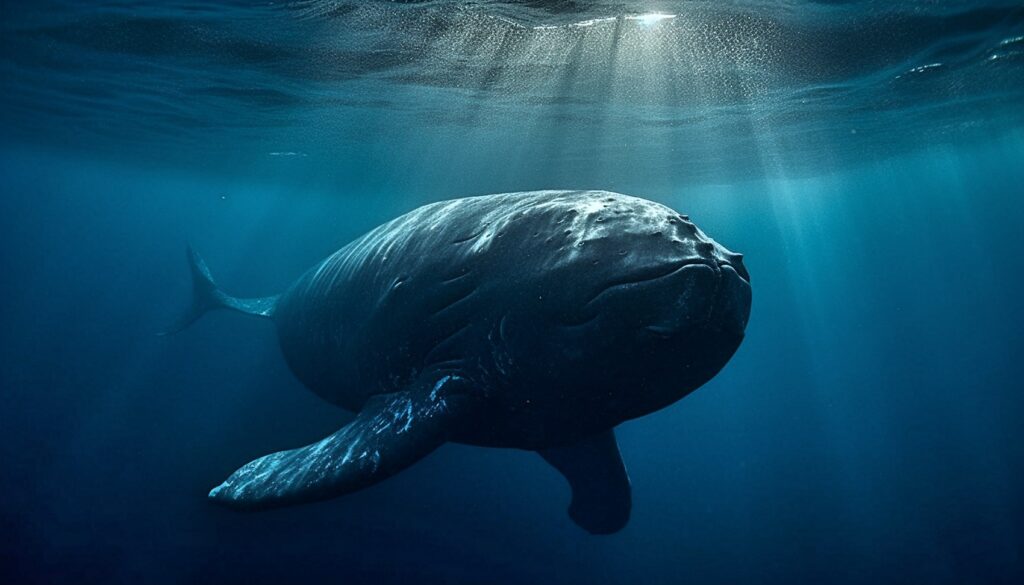
Answer 1: Physeter macrocephalus
Question 2: How long can male sperm whales grow?
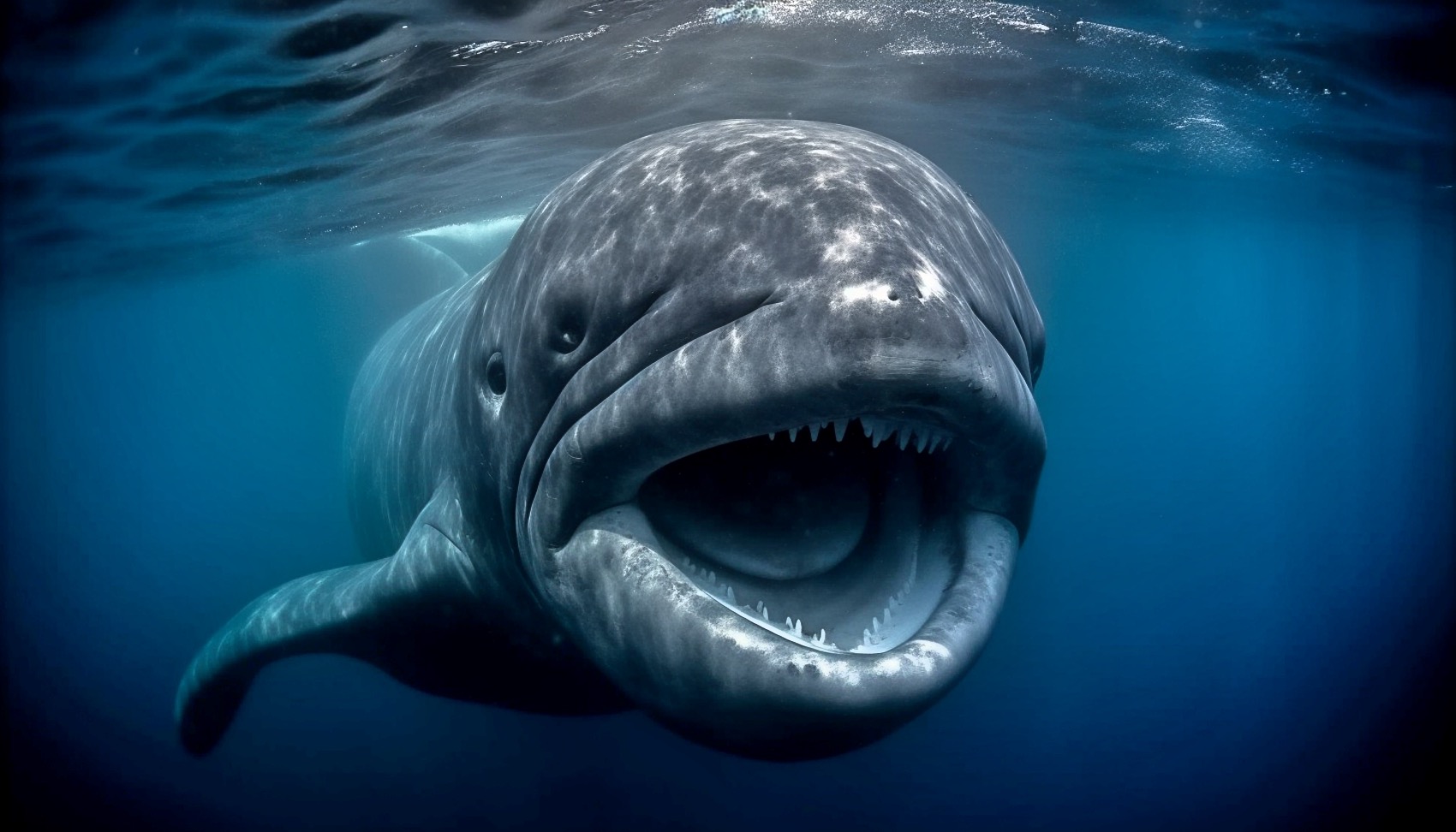
Answer 2: Up to 67 feet
Question 3: What substance is found in the head of a sperm whale?
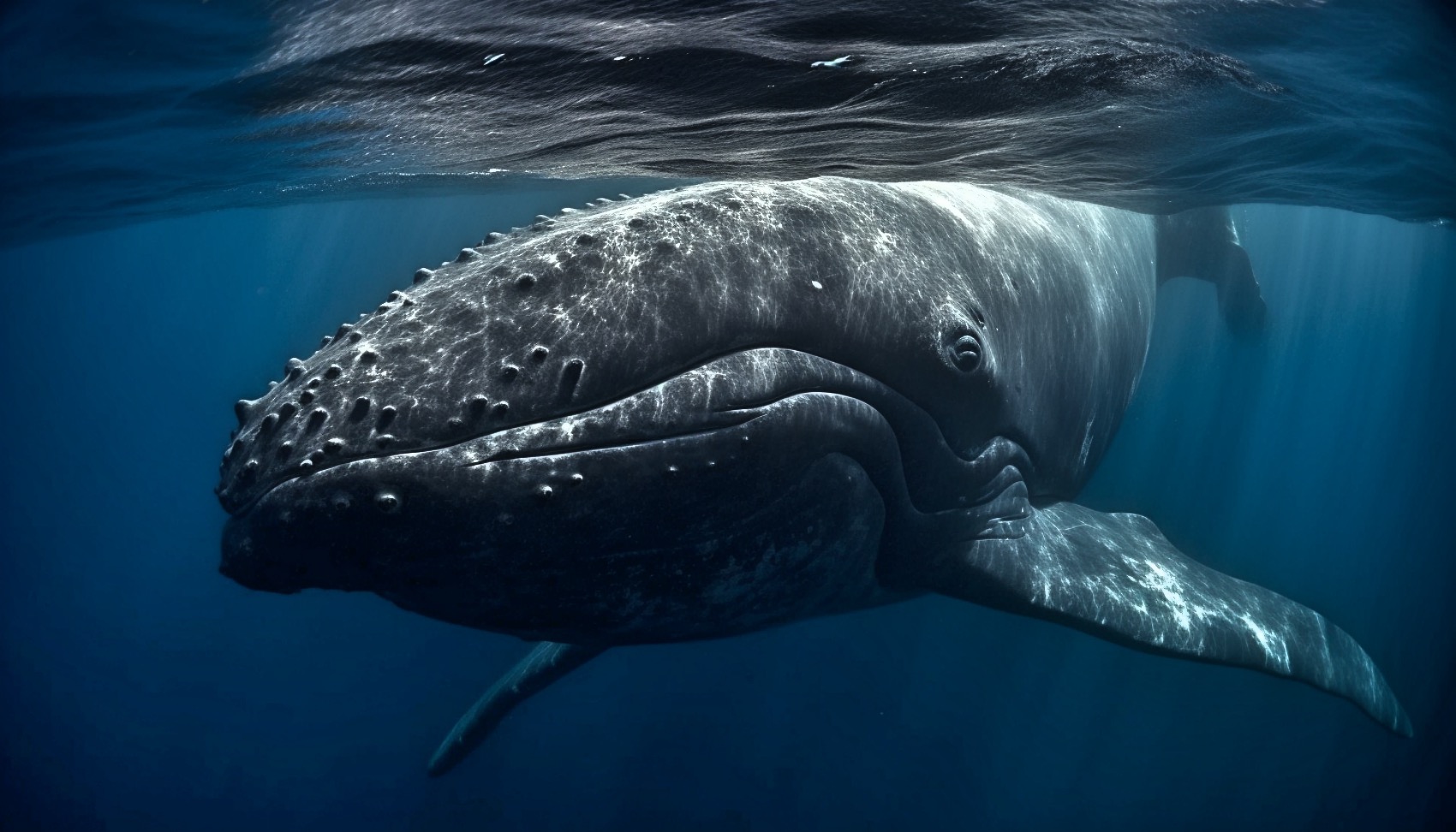
Answer 3: Spermaceti
Question 4: What is the primary diet of sperm whales?
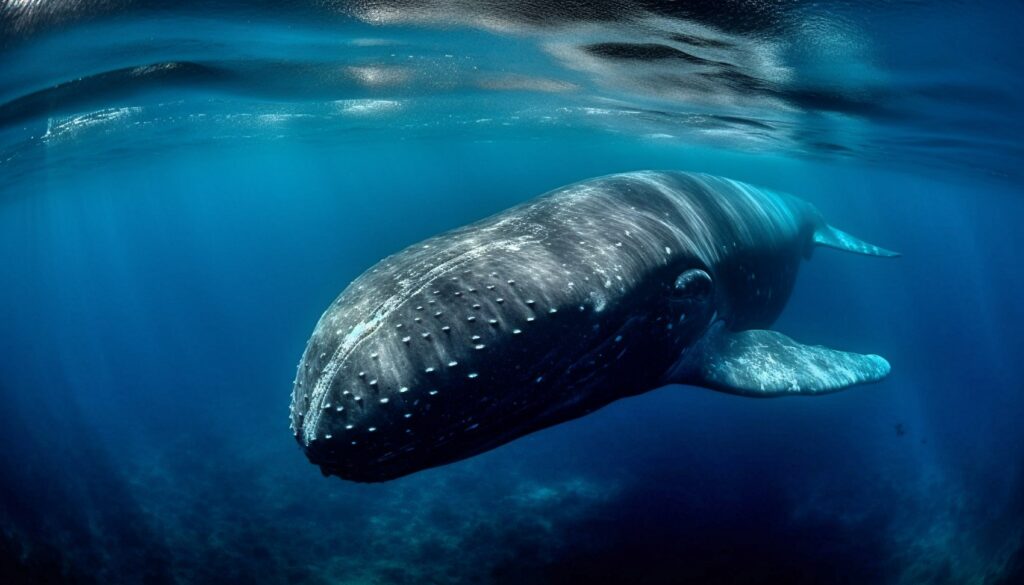
Answer 4: Deep-sea creatures like squid and octopus
Question 5: How deep can sperm whales dive?
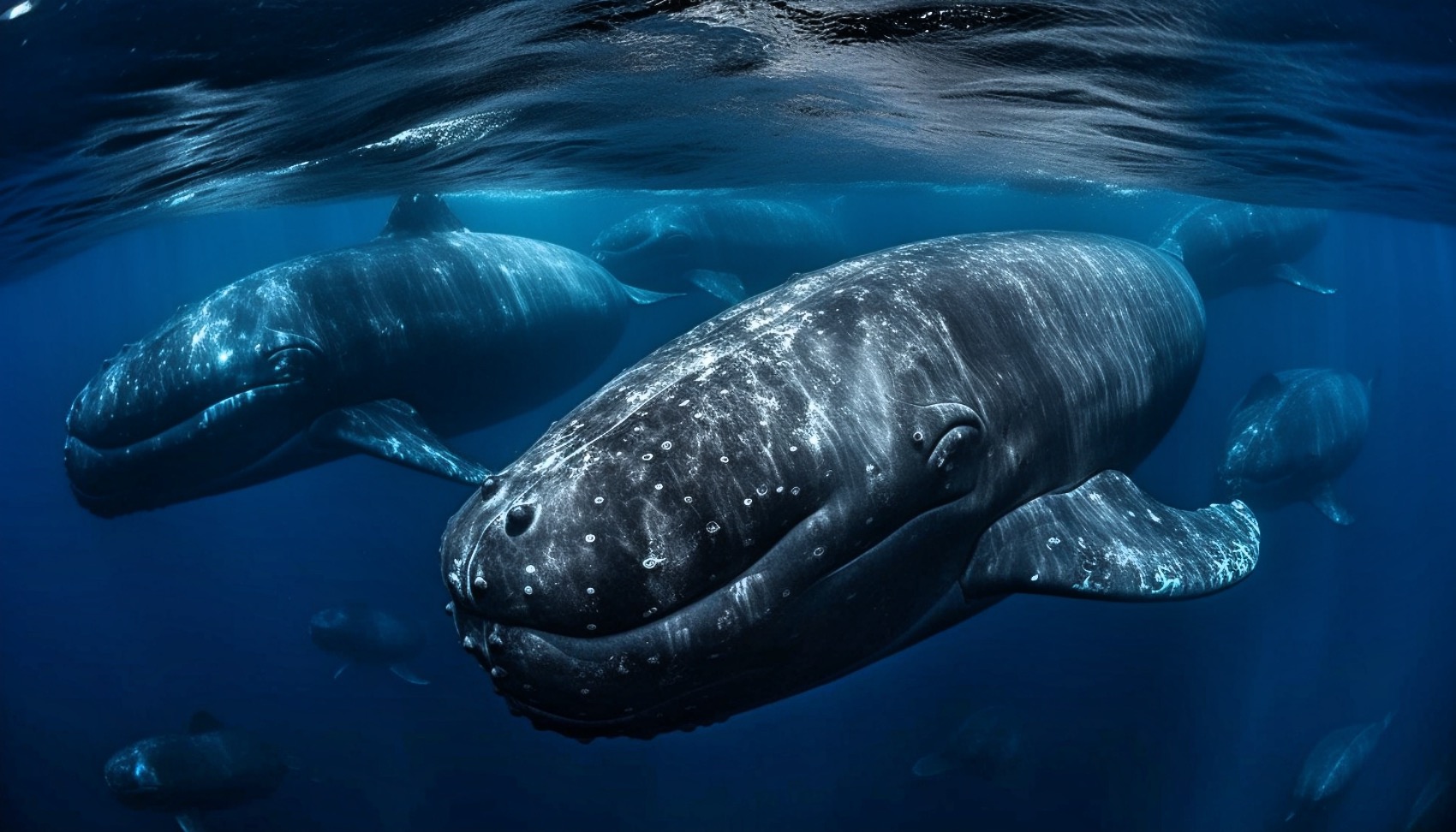
Answer 5: Over 3,000 feet
Question 6: How do sperm whales communicate and navigate?
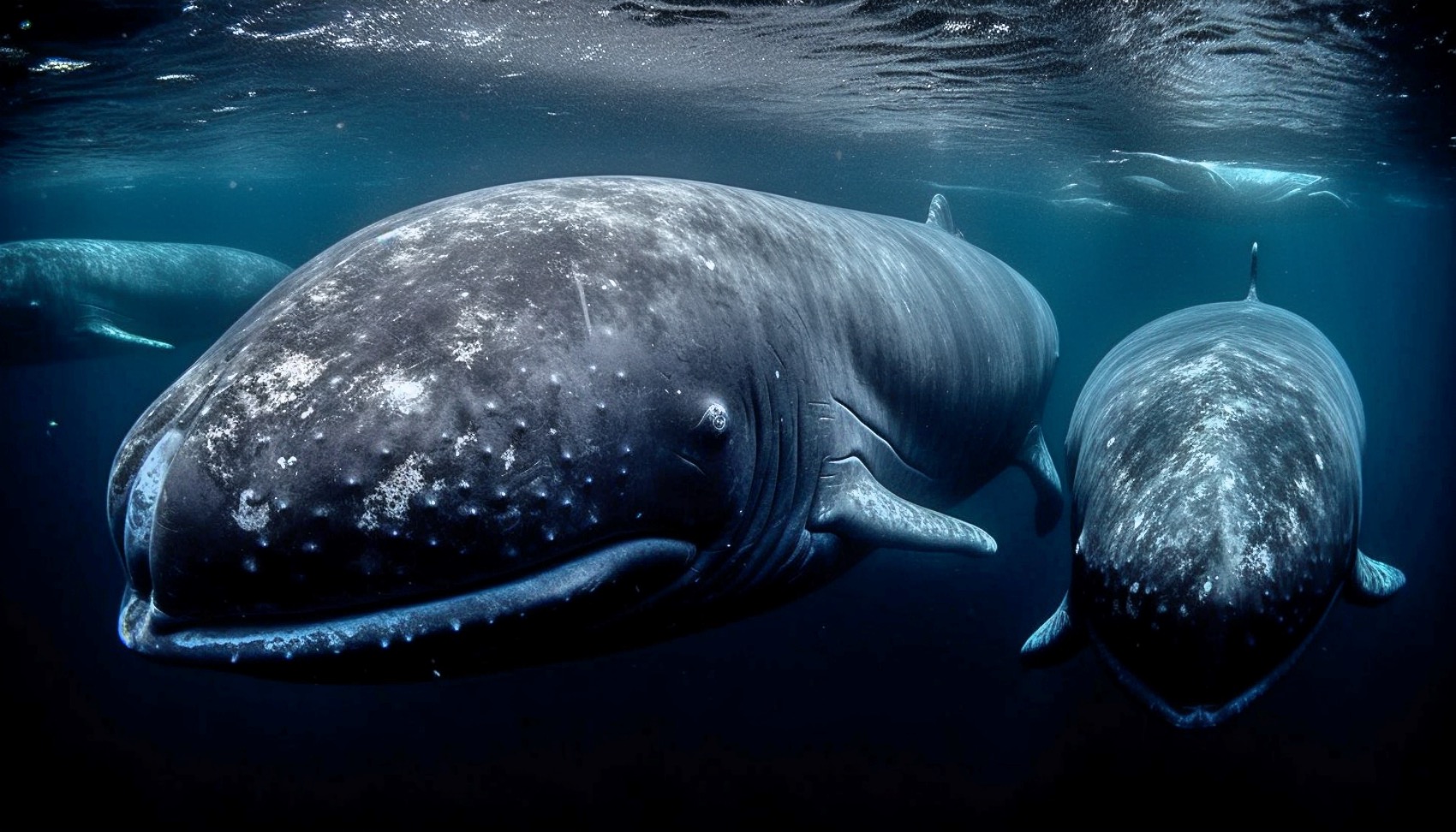
Answer 6: Using complex patterns of clicks, known as echolocation
Question 7: What are the social groups of sperm whales called?
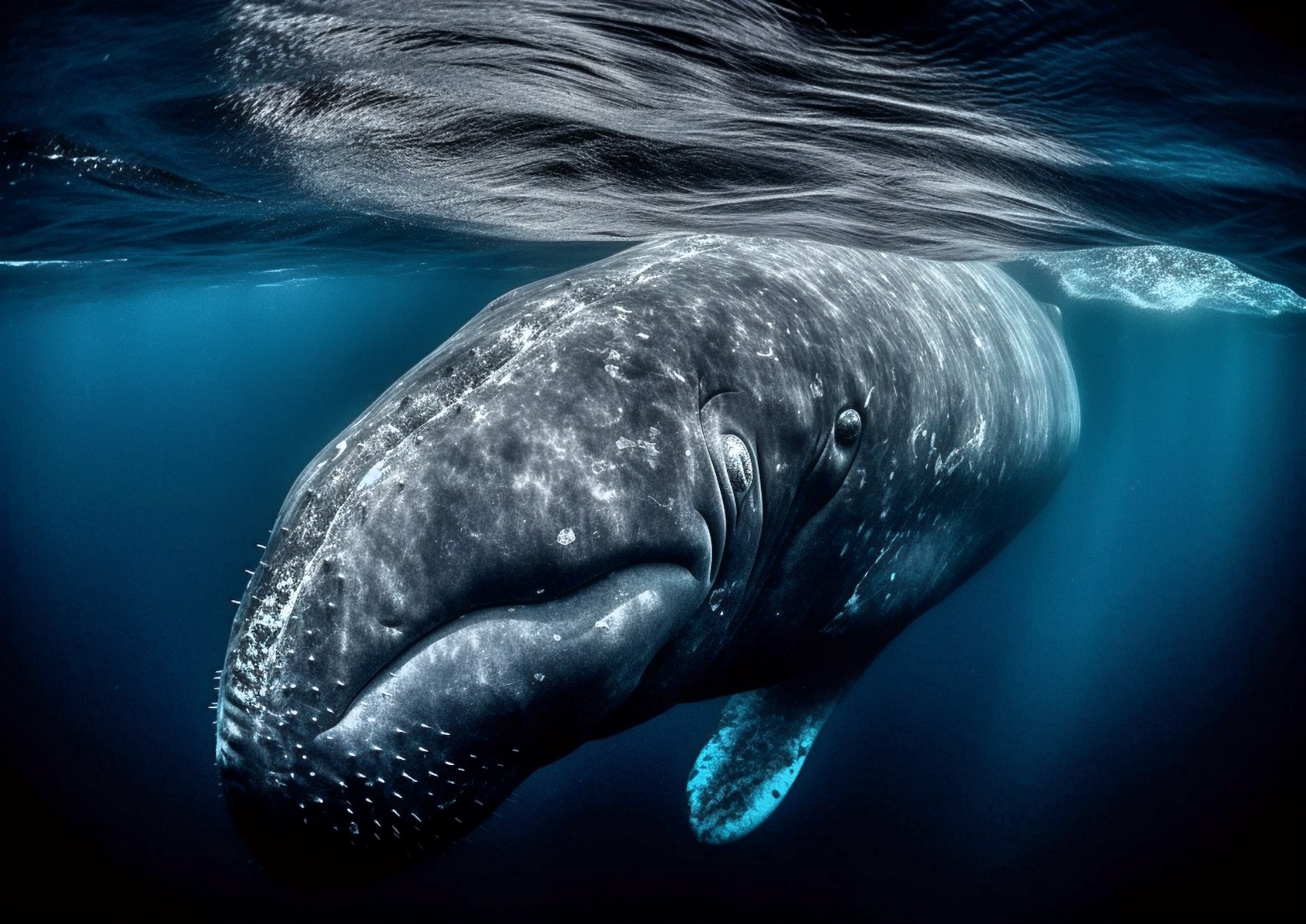
Answer 7: Pods
Question 8: What is the conservation status of sperm whales?
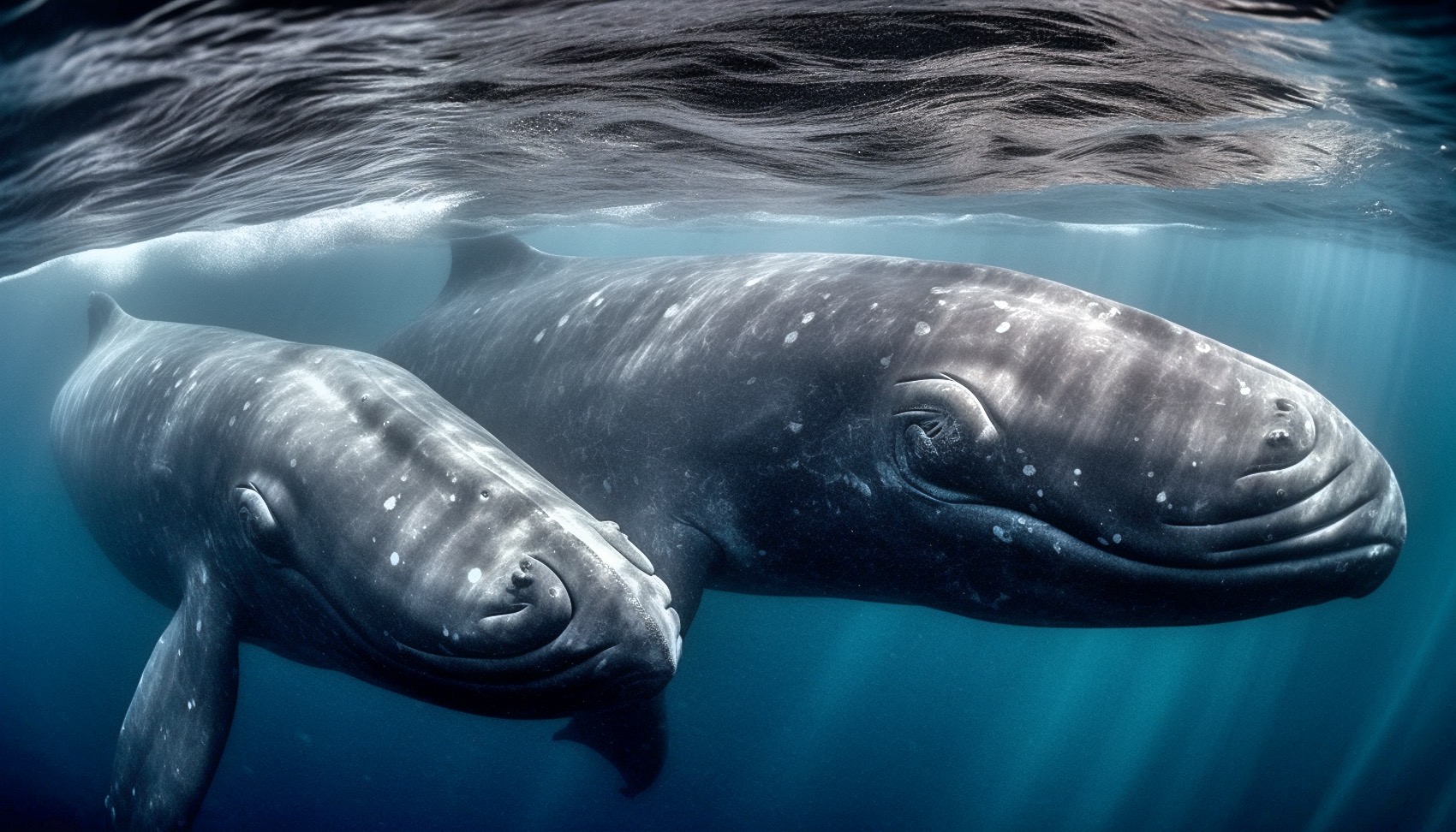
Answer 8: Vulnerable
Question 9: What are the main threats to sperm whales?
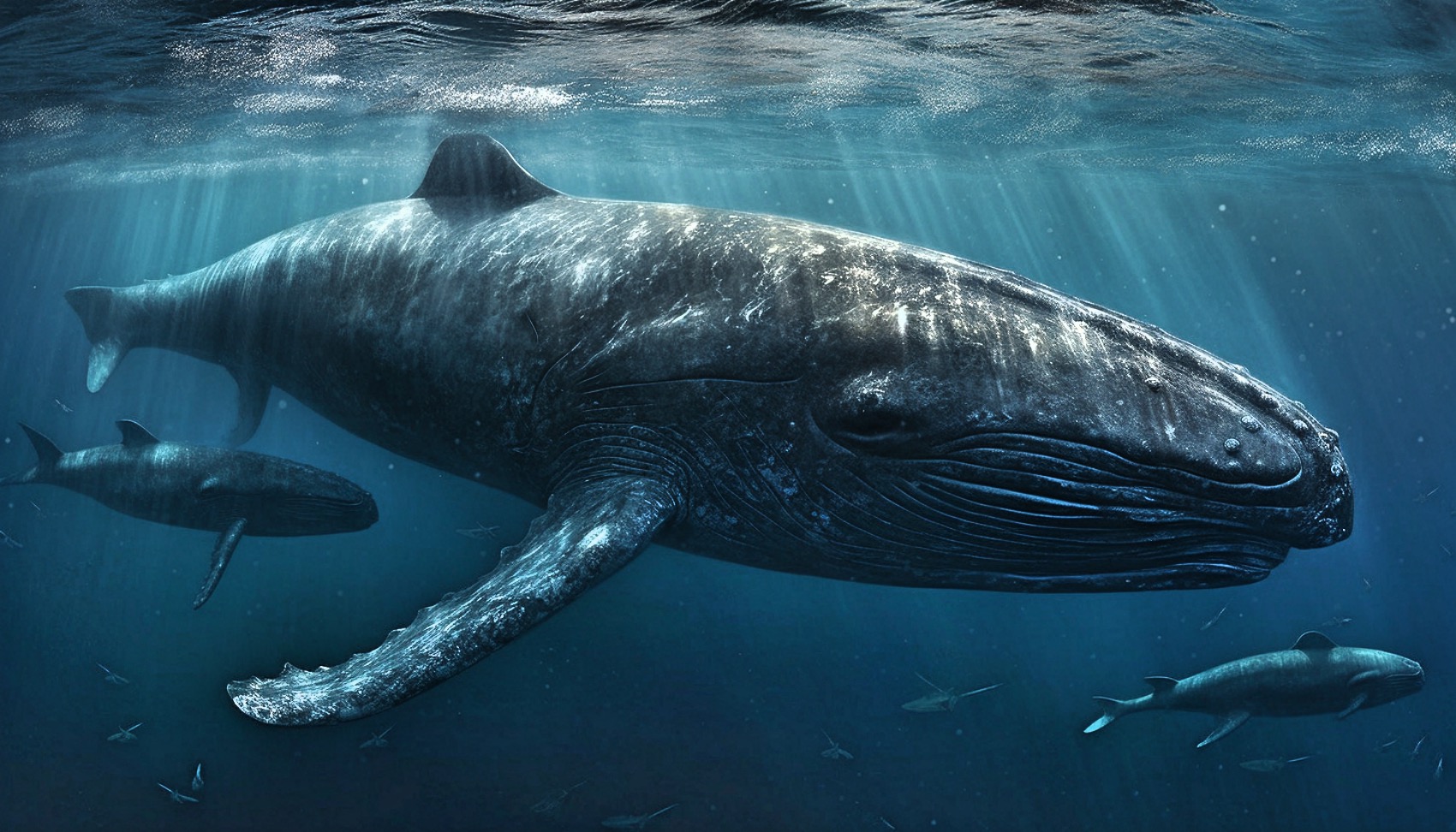
Answer 9: Commercial whaling, ship strikes, entanglement in fishing nets, and pollution
Question 10: How long can sperm whales stay submerged during a dive?
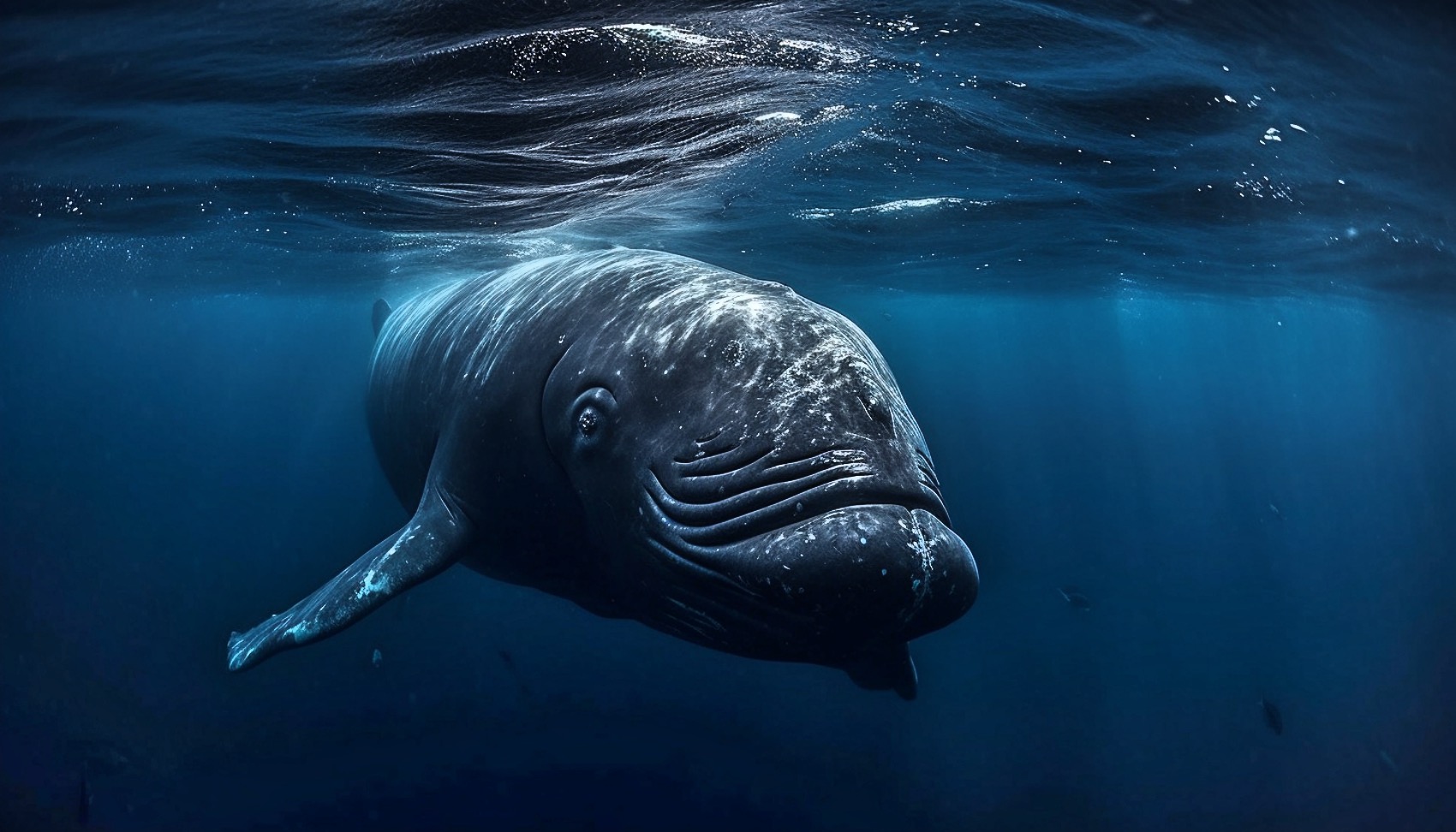
Answer 10: Up to 90 minutes
Whale Trivia Questions & Answers Game
